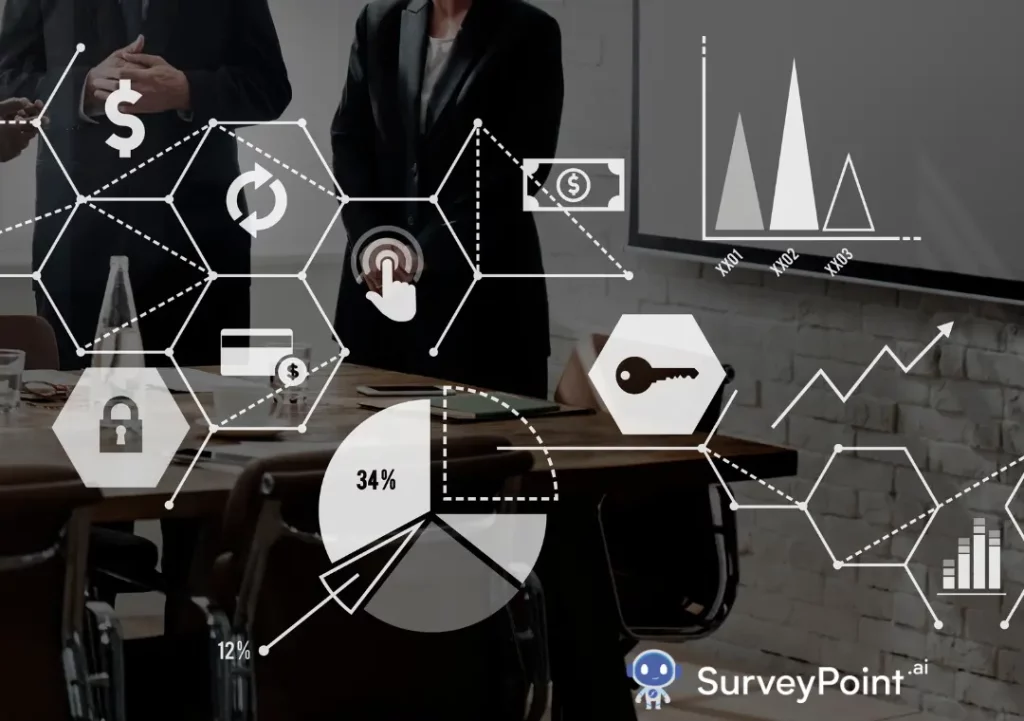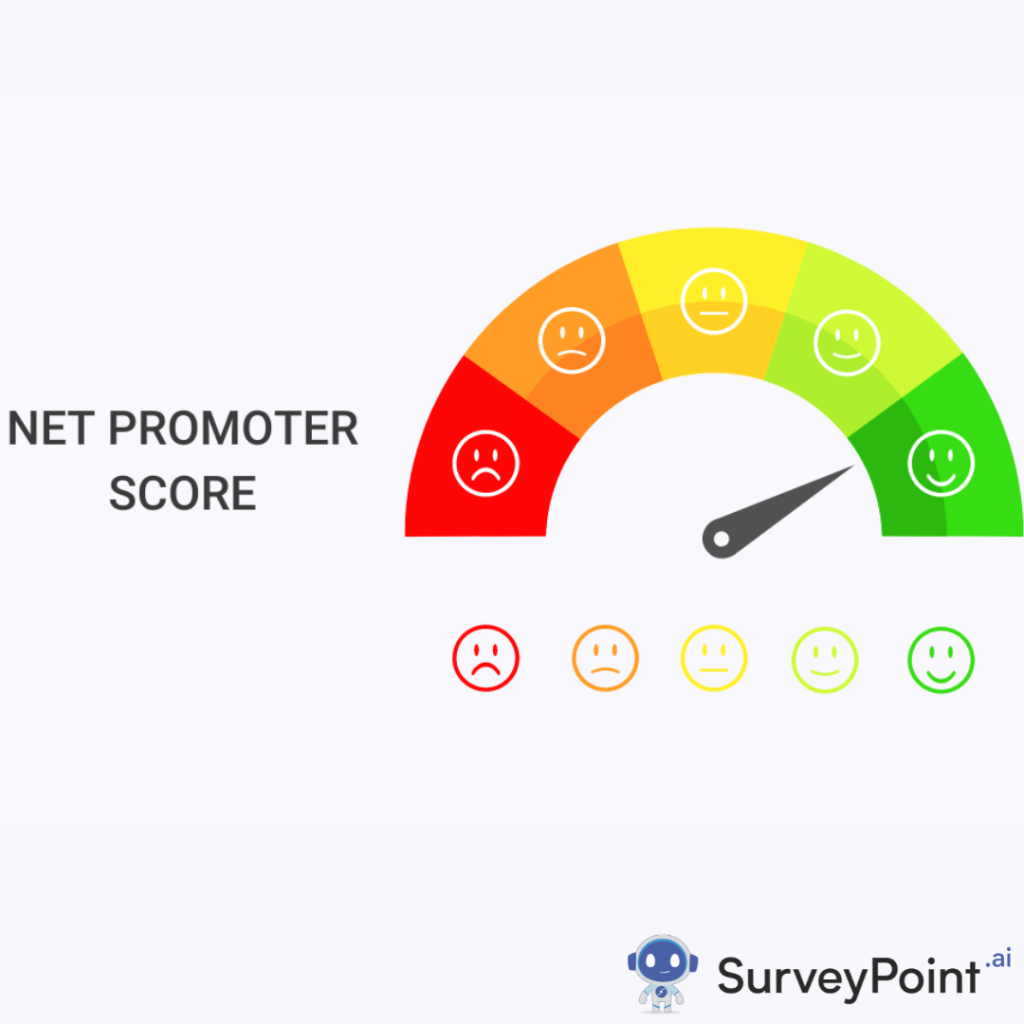
In today’s fast-paced business environment, the effective management of IT assets is essential for maintaining competitiveness and maximizing operational efficiency. This comprehensive guide delves into the intricacies of IT Asset Management (ITAM), shedding light on its definition, significance, and practical implementation. From understanding the pivotal role of an IT Asset Manager to exploring innovative solutions provided by industry leaders like Electric, this blog aims to demystify ITAM and offer actionable insights for businesses of all sizes.
Definition of IT Asset Management
IT Asset Management (ITAM) refers to the process of managing, monitoring, and optimizing an organization’s IT assets throughout their lifecycle. IT assets encompass hardware, software, networking equipment, and other technology resources that are essential for the functioning of an organization’s IT infrastructure.
The primary goals of ITAM include:
- Inventory Management: Maintaining an accurate inventory of all IT assets, including their configurations, locations, and ownership.
- Cost Control: Tracking the costs associated with IT assets, including acquisition, maintenance, and disposal, to ensure optimal allocation of resources and budgeting.
- Compliance and Risk Management: Ensuring that IT assets comply with regulatory requirements and licensing agreements, as well as minimizing security risks associated with unauthorized or outdated software and hardware.
- Performance Optimization: Maximizing the efficiency and utilization of IT assets to support business operations and strategic objectives.
IT Asset Management typically involves the use of specialized software tools and processes to automate inventory tracking, streamline procurement workflows, enforce compliance policies, and generate reports for decision-making purposes. It plays a crucial role in enabling organizations to effectively manage their technology investments, reduce costs, mitigate risks, and align IT resources with business needs.
What is an IT Asset Manager?
An IT Asset Manager is a professional responsible for overseeing the lifecycle management of an organization’s IT assets, including hardware, software, networking equipment, and other technology resources. Their primary role is to ensure that IT assets are effectively managed, maintained, and optimized to support the organization’s objectives while minimizing costs and risks. They serve as the guardians of digital resources, ensuring alignment with business objectives and safeguarding against potential risks.
Importance of IT Asset Management
IT Asset Management (ITAM) holds significant importance for organizations across various industries for several reasons:
- Cost Optimization: IT assets represent a significant portion of an organization’s budget. Proper management helps in optimizing costs by identifying underutilized resources, consolidating redundant assets, and negotiating better pricing with vendors through accurate inventory data.
- Compliance and Risk Mitigation: Non-compliance with software licensing agreements or regulatory requirements can result in hefty fines and legal consequences. ITAM ensures that organizations stay compliant with licensing terms, copyright laws, and regulatory standards, thus mitigating legal and financial risks.
- Security Enhancement: Outdated or unmanaged IT assets pose security risks such as vulnerabilities, data breaches, and malware attacks. ITAM enables organizations to maintain an up-to-date inventory, apply security patches promptly, and enforce policies for secure configuration management, thereby enhancing overall cybersecurity posture.
- Improved Productivity and Efficiency: By ensuring that employees have access to the right tools and resources when needed, ITAM enhances productivity and efficiency. It minimizes downtime caused by asset failures, facilitates faster troubleshooting, and streamlines IT support processes.
- Strategic Decision Making: Comprehensive IT asset data provides valuable insights for strategic planning and decision-making. Organizations can make informed decisions regarding technology investments, upgrades, and retirement cycles based on asset lifecycle information, usage patterns, and performance metrics.
How Much is IT Truly Costing Your Business?
Determining the true cost of IT to a business involves considering various factors beyond just the initial purchase price of hardware and software. It encompasses both direct and indirect costs associated with IT investments. Direct costs include hardware and software purchases, licensing fees, maintenance contracts, and IT staff salaries. Indirect costs may include productivity losses due to downtime, cybersecurity incidents, compliance penalties, and the impact of outdated technology on business operations.
To accurately assess the total cost of IT, businesses should consider the following:
- Hardware and Software Costs: Calculate the expenses associated with purchasing, licensing, upgrading, and maintaining IT hardware and software assets.
- IT Staff Costs: Factor in salaries, benefits, training, and other personnel-related expenses for IT staff responsible for managing and supporting technology infrastructure.
- Downtime Costs: Estimate the financial impact of IT-related downtime on productivity, revenue, customer satisfaction, and reputation. Consider both scheduled and unscheduled downtime events.
- Cybersecurity Costs: Evaluate the expenses related to implementing and maintaining cybersecurity measures, including firewalls, antivirus software, intrusion detection systems, incident response plans, and potential costs of data breaches or cyberattacks.
- Compliance Costs: Assess the costs associated with ensuring compliance with regulatory requirements, industry standards, and software licensing agreements. This may include audit fees, fines for non-compliance, and investments in compliance management solutions.
- Training and Development Costs: Account for expenses related to IT training programs, certifications, and professional development opportunities for IT staff to stay current with evolving technologies and best practices.
- Opportunity Costs: Consider the opportunity cost of investing in IT initiatives versus alternative uses of capital or resources. Evaluate the potential return on investment (ROI) of IT projects and their impact on business growth and competitiveness.
By taking a comprehensive approach to evaluating IT costs, businesses can make informed decisions about resource allocation, budgeting, and strategic investments in technology that align with their business objectives and deliver maximum value. Regular reviews and optimization of IT spending are essential to ensure efficiency, minimize waste, and maximize the ROI of IT investments.
How to Manage IT Assets
Managing IT assets involves maintaining a comprehensive inventory, tracking their lifecycle, ensuring compliance and security, maintaining documentation, and managing vendor relationships.
- Firstly, organizations should establish an inventory management system to track all IT assets, including hardware, software, and associated configurations. Secondly, they must implement lifecycle management processes to handle asset acquisition, deployment, maintenance, upgrades, and disposal efficiently. Compliance with licensing agreements, regulatory standards, and security protocols is crucial to mitigate risks and ensure legal adherence.
- Documentation of asset specifications, configurations, warranties, and licenses aids in decision-making and compliance audits. Lastly, managing vendor relationships involves negotiating favorable terms, tracking contracts, and ensuring vendors align with organizational objectives. Effective IT asset management optimizes costs, enhances security, improves productivity, and facilitates strategic decision-making.
- Regular reviews and updates of asset management practices are essential to adapt to evolving technology landscapes and organizational needs.
Conclusion
In conclusion, IT Asset Management emerges as a critical discipline for organizational success in the digital age. By adopting proactive ITAM practices and leveraging trusted partners like Electric, businesses can unlock efficiencies, minimize costs, and stay ahead of the competition. As technology continues to evolve, embracing a strategic approach to ITAM ensures that organizations remain agile, resilient, and poised for growth in an increasingly complex landscape.




